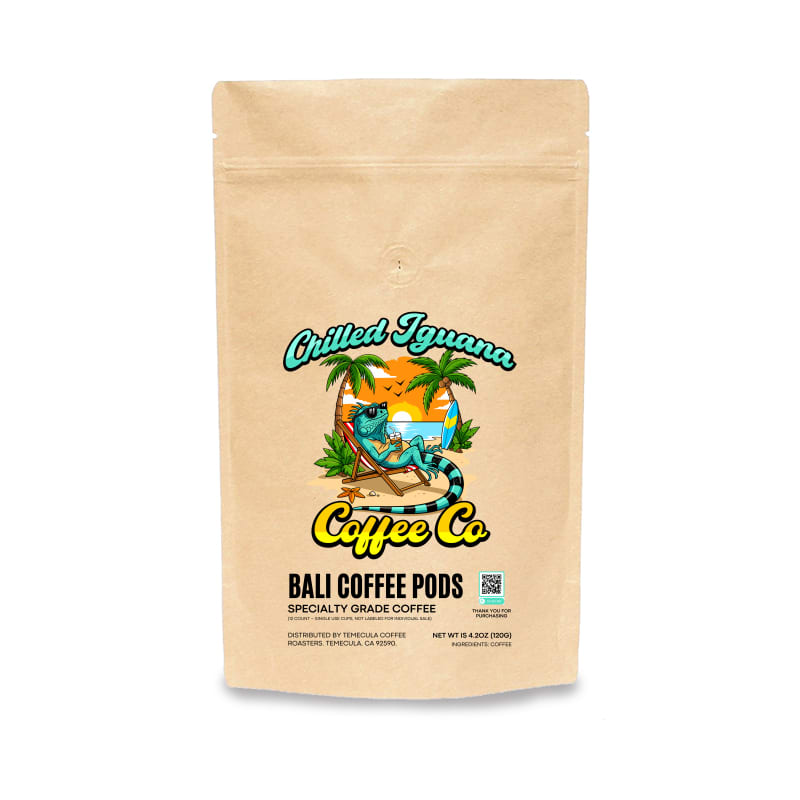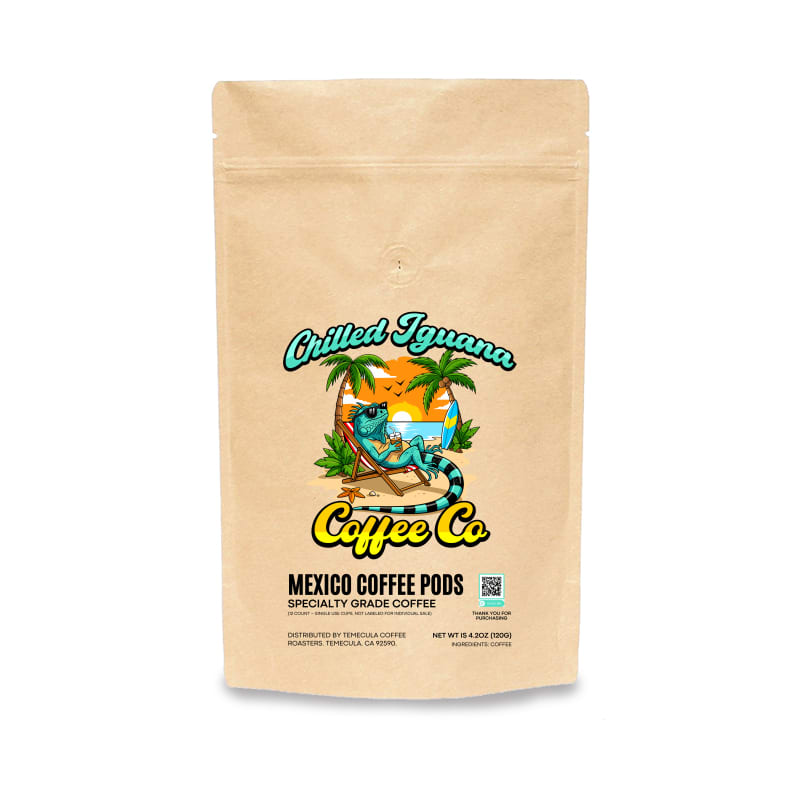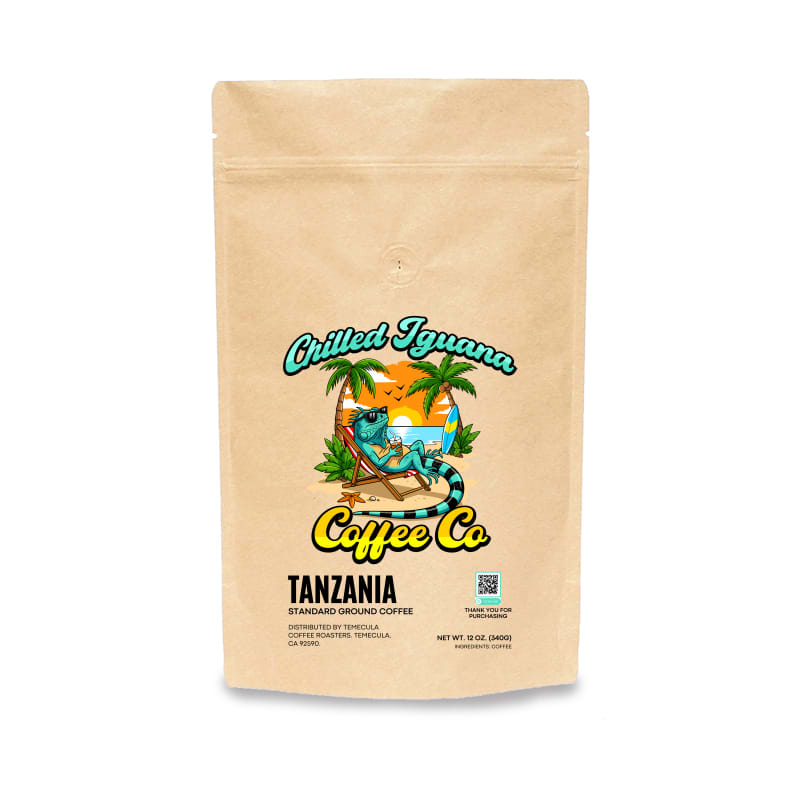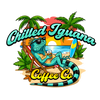Cold brew coffee is celebrated for its smooth, bold flavor and refreshing coolness.
But what exactly is cold brew, and how do you make it perfect at home?
Here’s your complete cheatsheet to mastering how to make cold brew coffee at home.
Some are intimidated by complicated equipment.
Some believe you need special beans or roasts.
Some think the brewing time is a hassle.
Some worry about bitter, weak, or watery results.
Some don’t know how to store cold brew for lasting freshness.
Let's dive right in.
What Is Cold Brew Coffee and How Is It Different?
If you think cold brew is just iced coffee, think again. Iced coffee is brewed hot, then chilled or poured over ice. This can often result in bitter, diluted flavors.
Cold brew is a slow steeping of coarse coffee grounds in cold water, usually for 12 to 24 hours. This process gently extracts the coffee essence without the harsh acidity and bitterness hot water might cause.
The result? A smooth, less acidic, and naturally sweeter coffee experience that’s perfect for sipping on hot days or any time you prefer a chilled coffee drink.
Cold brew produces a concentrate that you can enjoy strong or dilute to suit your taste. You can even heat it up for a warm drink without losing that silky smooth character.
Setup the Essentials to Make Cold Brew Coffee at Home
Making cold brew is easier than you think. The basics are simple:
- Quality Coffee Beans: Any roast or bean type works; dark or medium roasts tend to shine. Whole beans are best for fresh grinding to the right coarseness.
- Water Quality: Use filtered or bottled water for the cleanest taste. Water makes up the bulk of your brew, so it matters.
- Grinding: Grind your beans coarse—roughly the texture of coarse sea salt or cornmeal. Too fine, and the brew may get bitter and over-extracted.
- Steeping Vessel: This could be a large glass jar, a French press, or a dedicated cold brew maker like a Toddy system.
- Filter: Cheesecloth, nut milk bags, coffee filters, or fine mesh strainers help separate grounds from concentrate.
For those eager to invest, cold brew systems provide convenience, but a simple jar and strainer suffice to craft excellent cold brew. You can even convert a French press for this, just remember to do a second straining but for clarity in taste.
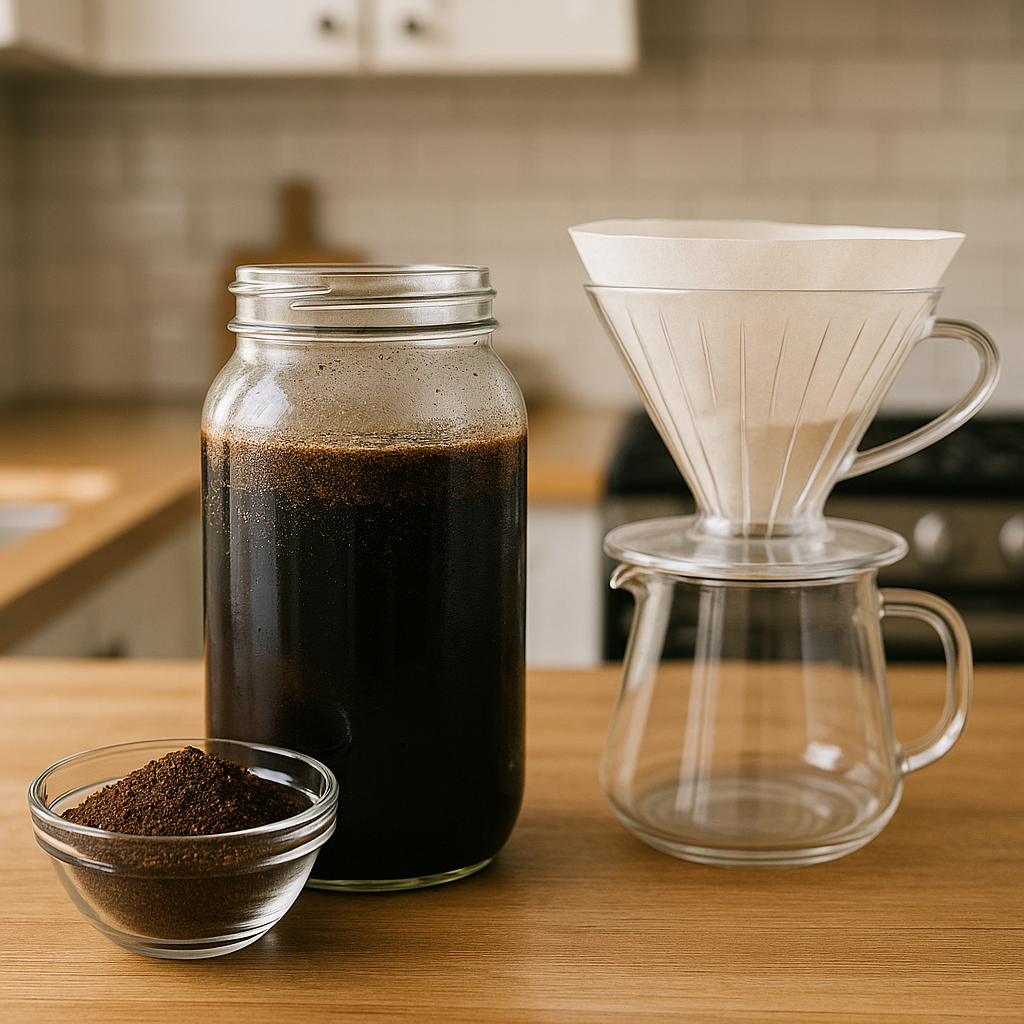
Step-by-Step Guide to Making Cold Brew Coffee at Home
Ready to brew? Follow these detailed steps for success:
- Measure your ingredients: Standard ratios start with 1 part coffee to 4-5 parts water for concentrate. For example: 1 cup (about 85-100 grams) coarse grounds to 4 cups (about 950 ml) cold filtered water.
- Combine coffee and water: In your vessel, add grounds, pour water evenly over, and stir gently to saturate all grounds.
- Steep: Cover and let sit at room temperature or in the fridge for 12 to 24 hours. The longer it steeps, the stronger the concentrate.
- Filter: Using a strainer fitted with cheesecloth or a fine filter, slowly pour the brew into a clean container, separating the grounds.
- Store: Refrigerate the cold brew concentrate in an airtight container for up to one week.
- Serve: Dilute concentrate with filtered water or milk to taste and pour over ice. Add sweeteners or creamers if desired, but only when serving.
Note the importance of coarse grinding to avoid bitterness and over-extraction over the long steep time, and filtration to achieve clarity and smoothness.
Want to see the process in action? Watch this concise Cold Brew 101 video for tips from experts:
How Do I Get the Perfect Strength and Flavor in My Cold Brew?
Cold brew strength is highly adjustable, perfect for customizing your ideal cup.
Starting with a 1:4 or 1:5 coffee to water ratio yields a concentrate. This can be diluted 1:1 or 1:2 (concentrate to water or milk) at serving time depending on preference.
If you prefer a ready-to-drink brew straight from the pot, try a much lighter ratio like 1:12 to 1:15 coffee to water. This resembles a traditional coffee strength but without brewing hot.
Adjust grind size: Medium-coarse often produces smooth, balanced flavors. Too coarse can taste watery; too fine can be bitter.
Steep time also affects intensity – 12 hours minimum is typical, with longer steeping yielding bolder profiles.
Remember, the type of bean and roast impacts flavor nuances you’ll notice in cold brew. Fruitier, natural-process beans add sweetness, while chocolatey or nutty beans give a fuller body.
What Equipment Do You Need to Make Cold Brew at Home?
While you only need simple tools, here are some upgrades that elevate the brewing experience:
- Grinder: A burr grinder lets you grind beans fresh to the ideal coarse size. This is preferable to pre-ground coffee.
- Cold Brew Maker or French Press: Tools like a Toddy Cold Brew System streamline steeping and filtering. Or use a large jar + strainer if you're on a budget.
- Fine Mesh Strainer & Cheesecloth: For a sediment-free brew, strain twice. Alternatively, a nut milk bag works wonders in filtering grounds.
- Airtight Container: Use glass jars with tight lids for storing your concentrate to maintain freshness.
Equipment doesn’t have to be expensive. Even with humble kitchen items, patience and technique deliver amazing cold brew.
How to Store Cold Brew Coffee Properly for Longevity
Proper storage is key to preserving the bold flavor and freshness of cold brew.
Store your cold brew concentrate in an airtight glass container in the refrigerator at 41°F (5°C) or below. This minimizes oxidation and bacterial growth, keeping it fresh up to 7-10 days.
Adding milk, sweeteners, or diluting cold brew reduces its shelf life to merely 2-3 days. Therefore, only add these when serving.
For long-term storage, freeze cold brew in ice cube trays for up to 2 months. These cubes are great for chilling cold brew drinks without dilution.
Always avoid leaving cold brew at room temperature for more than 2 hours, especially if diluted. Spoilage risks and loss of flavor rise quickly.
Glass containers are preferred over plastic due to non-porous nature, preventing flavors and aromas from leaching or fading.
Learn more about storing cold brew from Dark Horse Coffee Company for expert care tips.
Common Myths About Cold Brew Coffee Debunked
Have you heard these before?
- Myth #1: Cold brew is just iced coffee. False – the brewing method and flavor profiles are very different.
- Myth #2: Cold brew always has way more caffeine. It can be stronger in caffeine per volume if undiluted, but strength varies by routine.
- Myth #3: Cold brew requires special beans. Any roast or origin can work; your tastes determine the choice.
- Myth #4: It's too expensive to make at home. Making cold brew yourself reduces cost significantly compared to buying bottled or café-made cold brew.
Getting the facts right helps you brew smarter and enjoy the experience.
How Can I Enhance My Cold Brew Experience at Home?
Once you master the basics, mix things up! Here are some ways to elevate:
- Infuse flavors: Add cinnamon sticks, vanilla beans, or citrus peels to the steep for subtle notes.
- Try different beans: Single-origin beans bring unique fruity or chocolatey flavors to your cold brew.
- Experiment with dilution: Use sparkling water for a cold brew spritz or add creamy milk alternatives for silkiness.
- Use cold brew in recipes: Incorporate it into cocktails, smoothies, desserts, or coffee-based sauces.
For inspiration, explore our guide on cold brew coffee subscription services to discover new blends that might surprise your palate.
Frequently Asked Questions About Making Cold Brew Coffee at Home
- How long should I steep my cold brew?
- A minimum of 12 hours is recommended. Steeping for 16-24 hours usually yields a smoother, fuller-bodied concentrate.
- Can I use pre-ground coffee for cold brew?
- It’s best to use coarse ground beans specifically for cold brew. Pre-ground coffee for drip brewers is usually too fine.
- How much coffee should I use?
- A good starting point is 1 cup coffee grounds to 4 cups water for concentrate. Adjust based on strength preference.
- How long does cold brew keep in the fridge?
- Concentrate can last up to 7-10 days refrigerated if stored in airtight glass containers.
- How do I serve cold brew?
- Serve over ice diluted to taste. Add milk, sweeteners, or flavorings just before serving to preserve freshness.
Let’s pause here. Are you curious which coffee bean best matches your preferred cold brew style? Your choice can transform your brew's flavor and smoothness dramatically.
Troubleshooting Common Cold Brew Problems
Some brews come out too weak, others too bitter or muddy. Here’s how to fix these hiccups:
- Weak Brew: Increase coffee grounds or steep longer. Check grind size; too coarse can dilute flavor.
- Bitter or Over-Extracted: Reduce steep time or use slightly coarser grind.
- Grainy Sediment: Double filter with finer strainer, cheesecloth, or paper filters.
- Short Shelf Life: Store cold brew concentrate in airtight glass container in the fridge and add milk/sweeteners only when serving.
Trial and error are part of perfecting your brew. Take notes on grind size, ratios, steep times, and beans to find your golden recipe.
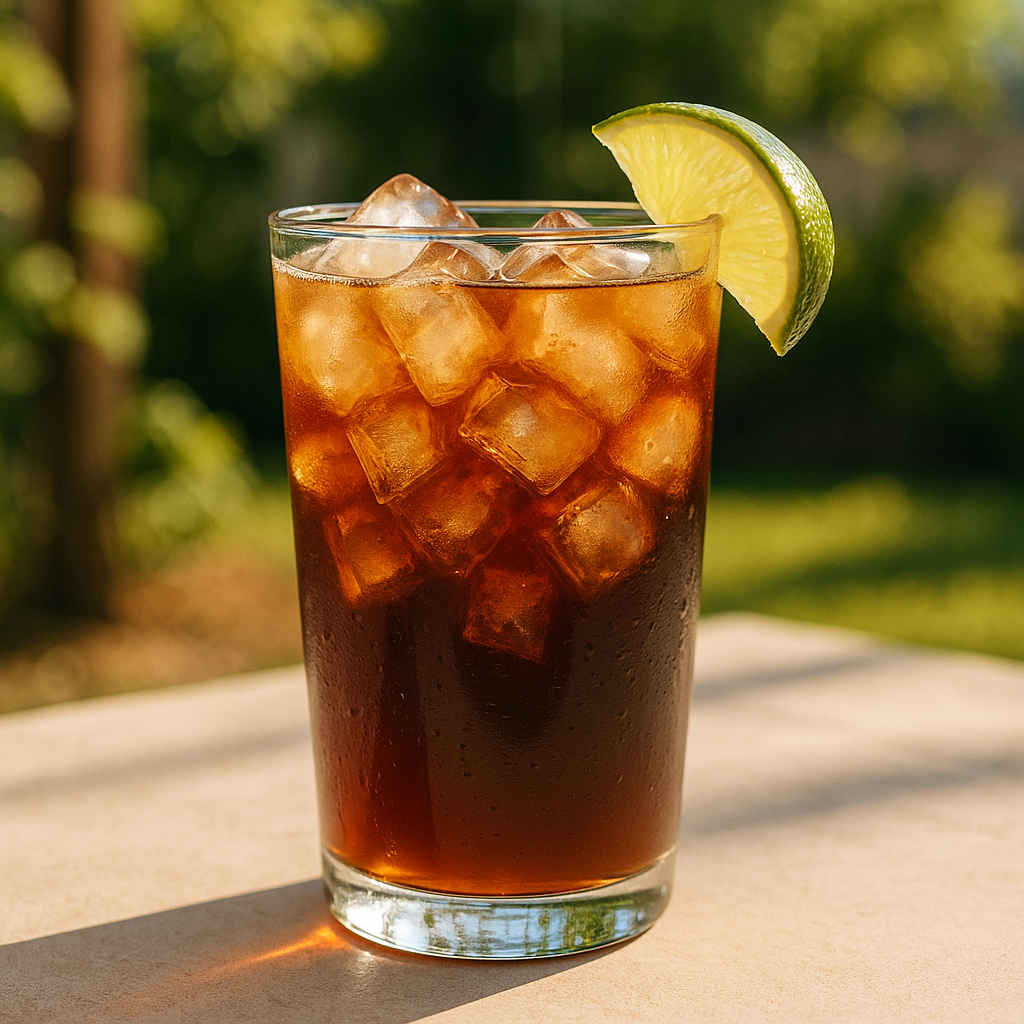
Summary: Mastering How to Make Cold Brew Coffee at Home
Cold brew coffee is simple, versatile, and rewarding. It only takes a few ingredients, a little patience, and the right technique to brew a smooth, tasty concentrate you can store and enjoy all week.
Remember these key points:
- Use quality whole bean coffee, ground coarse.
- Steep coffee grounds in filtered cold water for 12–24 hours.
- Filter carefully for a smooth, sediment-free result.
- Store concentrate in airtight glass containers refrigerated up to 7 days.
- Dilute to taste when serving, adding milk or sweeteners as desired.
By following these steps, you’ll unlock an everyday coffee experience that rivals your favorite café’s cold brew—and save money doing it. Plus, explore new coffee blends with convenience through options like cold brew subscription services to keep your flavor journey exciting and fresh.
Q&A: Your Top Questions Answered
- Can I make cold brew without a special brewer?
- Absolutely! Use a large jar and straining tools like cheesecloth and a fine mesh sieve to make excellent cold brew.
- Is cold brew healthier?
- Cold brew tends to be less acidic, which may be gentler on your stomach compared to hot coffee.
- Can I heat cold brew coffee?
- Yes, cold brew can be gently heated without becoming bitter, offering a smooth hot coffee option.
- How do I prevent sediment?
- Filter your brew twice using fine mesh strainers or paper filters for the clearest cup.
- What water temperature is best for cold brew?
- Use cold or room temperature filtered water to prevent harsh extractions and retain smoothness.
What's Your Next Step?
Tell us in the comments: How will you apply this to your cold brew coffee journey? Ready for fresh, Florida Keys-inspired beans that elevate your brew? Dive into Chilled Iguana Coffee Co.’s cold brew coffee subscriptions and savor quality and convenience in every cup.
